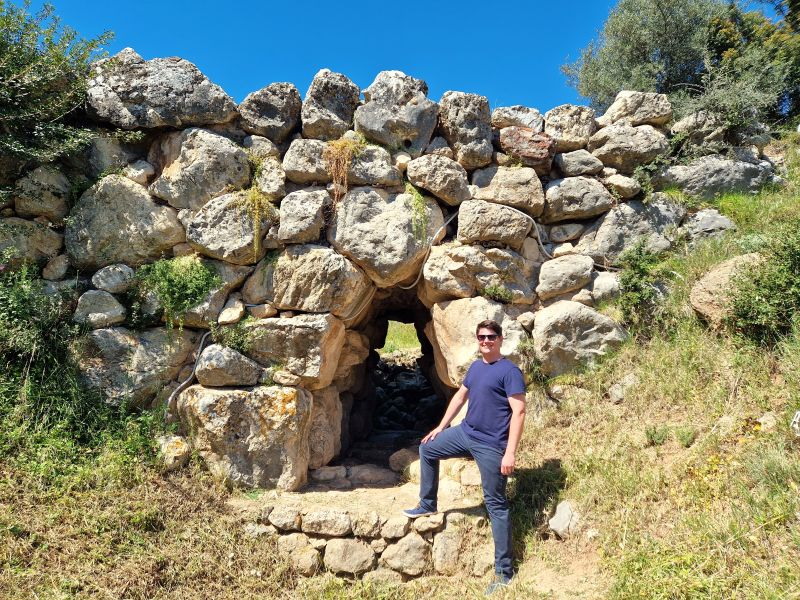Tucked into the rugged landscape of the Peloponnese region in Greece stands a structure that defies both time and modern expectation. The Kazarma Bridge, built around 1300 BC during the Mycenaean civilization, is one of the oldest functioning bridges in the world. Remarkably, this 3,300-year-old marvel is still in use welcoming the occasional car, pedestrian, and history-loving traveler as it did for chariots over three millennia ago.
While many ancient structures crumble or vanish into legend, the Kazarma Bridge endures, not just as a relic of the past, but as a living monument to the brilliance of ancient engineering.
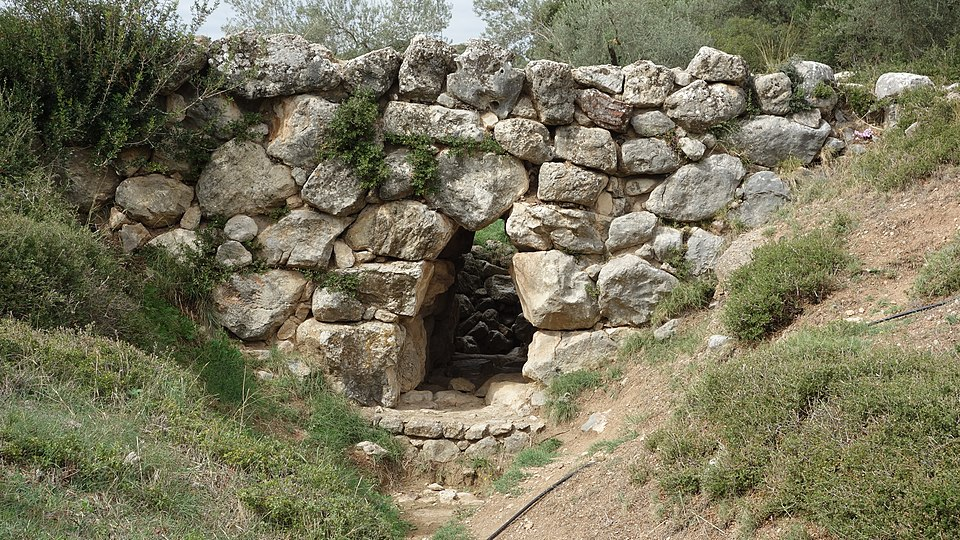
A Glimpse into the Mycenaean World
To truly appreciate the Kazarma Bridge, we must journey back to the time of the Mycenaeans an early Greek civilization that flourished from approximately 1600 to 1100 BC. This was a world of palatial cities, bronze weapons, and epic legends, including those later immortalized in Homer’s Iliad.
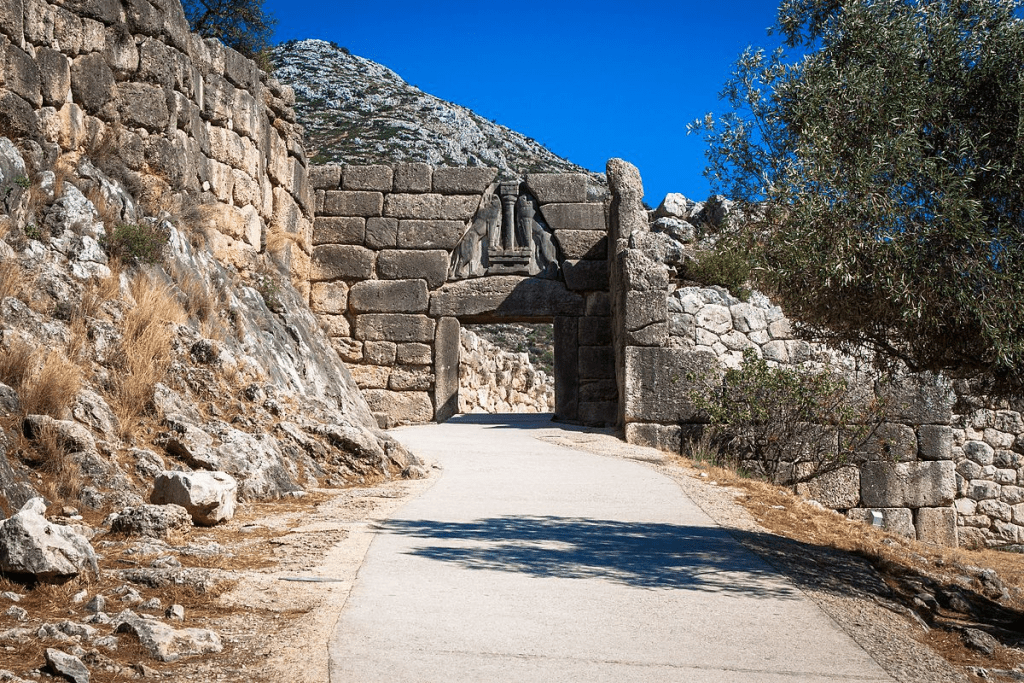
The Mycenaeans were not only warriors and kings but also skilled builders. Their roads, tombs, and fortifications show a society that understood both the artistic and practical aspects of construction. The Kazarma Bridge was part of a larger network of military roads that connected important cities like Mycenae and Epidaurus. These roads needed to be reliable, especially for the movement of war chariots and the Kazarma Bridge was built to last.
Video:
Oldest Bridge in the World. Arkadiko Bridge Greece.
Built to Endure: Cyclopean Masonry at Its Finest
What makes the Kazarma Bridge so extraordinary isn’t just its age it’s how it was built. The Mycenaeans employed a method known as Cyclopean masonry, a technique named for the mythical Cyclopes, giant beings of immense strength. Why? Because the stones used are so massive, later generations believed only giants could have moved them.
The bridge is made entirely of large limestone blocks fitted together without the use of mortar or cement. These stones were carefully shaped and stacked in such a way that gravity and precise alignment alone hold them in place. The result is a structure so stable that it has resisted earthquakes, floods, and the passage of centuries with barely a shift.
At about 72 feet in length and roughly 13 feet wide, the bridge features a single arch span with a high keystone. It was originally built to accommodate chariots, and its design allowed for steady traction and drainage two critical features for ancient military movement.
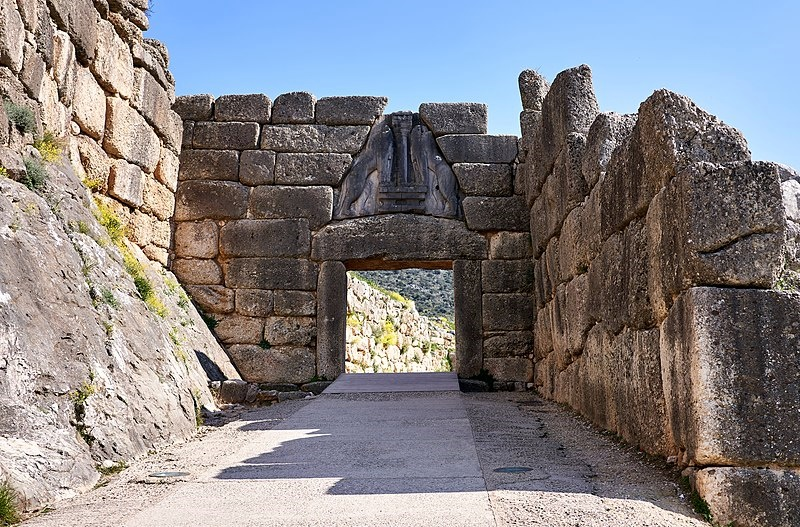
Functioning Through the Ages
Unlike many ancient bridges that exist only in ruins or reconstructions, the Kazarma Bridge never stopped being useful. Though modern highways have long bypassed it, the bridge remains open and functional for light vehicles and pedestrians.
Its endurance is a powerful symbol of sustainability. While today’s infrastructure often needs repairs within decades, the Kazarma Bridge has survived over three thousand years of wear and weather without reinforcement or rebuilding. It’s a lesson in the value of thoughtful, durable engineering.
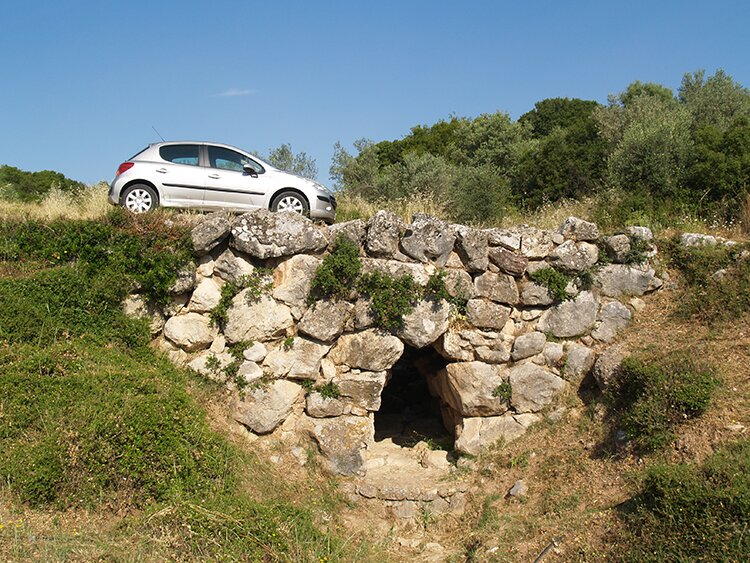
One of Four Left in the World
Perhaps what elevates the Kazarma Bridge even further is its rarity. Only four Mycenaean bridges from this era have survived to modern times. That makes Kazarma not just a local treasure but a global rarity—a glimpse into a nearly lost chapter of engineering history.
Video:
Top 15 Oldest Bridges in the World
Each of these bridges tells us something unique about how the Mycenaeans approached transportation, war, and architecture. But Kazarma stands out because of its accessibility and near-pristine condition.
Preserving the Legacy
Today, visitors can find the bridge near the modern road between Nafplio and Epidaurus, set modestly in the Greek countryside. There are no dramatic walls or guardrails just the raw, enduring stone and a small sign identifying it.
It’s easy to miss unless you’re looking for it. But for those who make the stop, standing on Kazarma is like stepping into another world. You can still walk across the same stones that supported Bronze Age warriors. You can still see the elegant curve of its arch, unchanged since the time when Homer’s heroes might have crossed it.
As modern Greece continues to blend ancient legacy with contemporary life, the Kazarma Bridge remains a humble but extraordinary reminder of the country’s deep-rooted innovation and ingenuity.
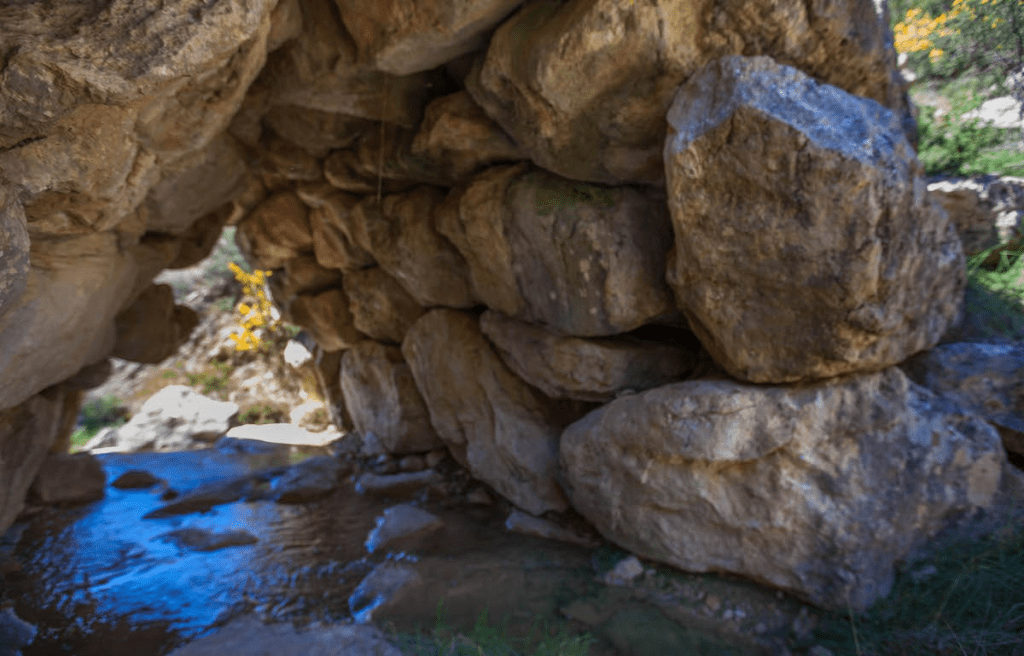
Conclusion
In a world where most things are built for short-term use, the Kazarma Bridge stands as a testament to what can happen when durability, craftsmanship, and purpose align. Built over 3,300 years ago with no cement and no steel, this ancient bridge remains strong, stable, and functional an astonishing achievement by any measure.
Whether you’re a history buff, an architecture lover, or simply someone who admires enduring beauty, the Kazarma Bridge is worth knowing. It’s more than just a bridge it’s a connection across time, linking us directly to the ingenuity of one of history’s most fascinating civilizations.
